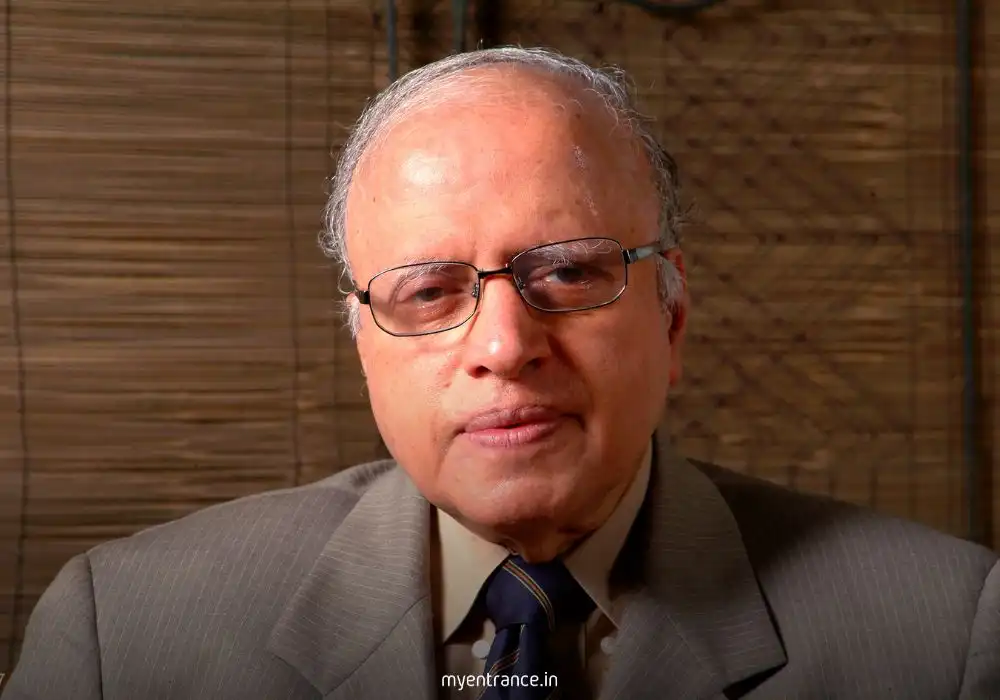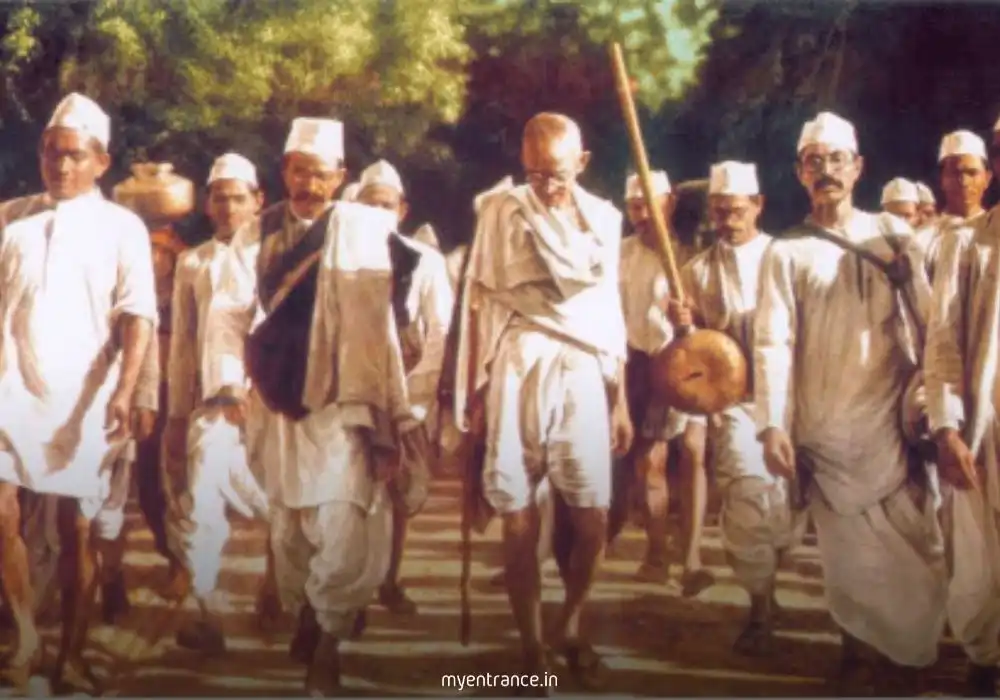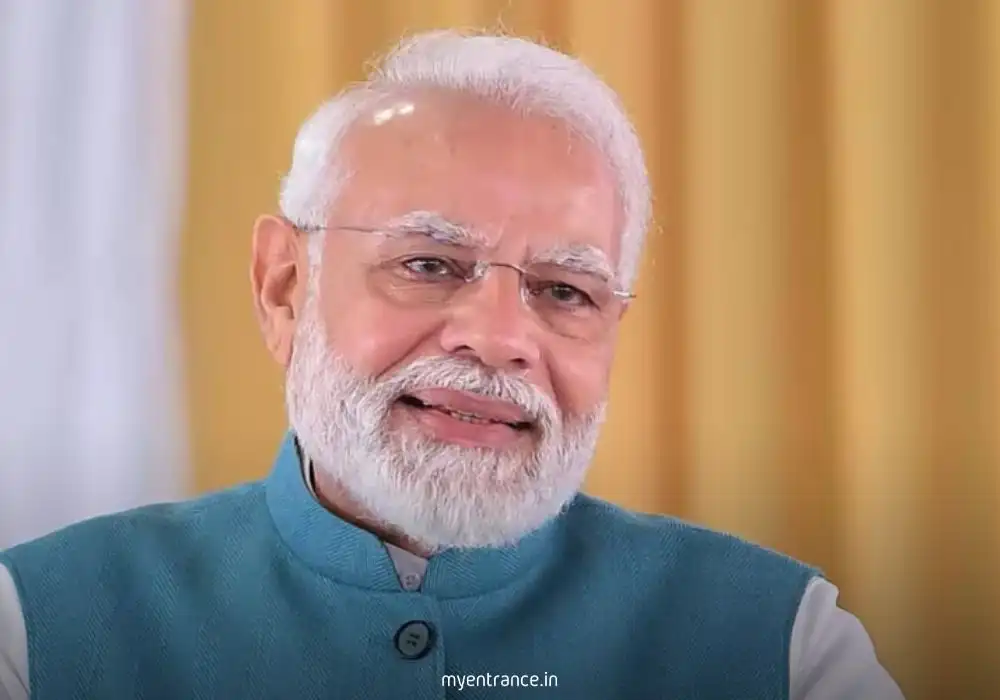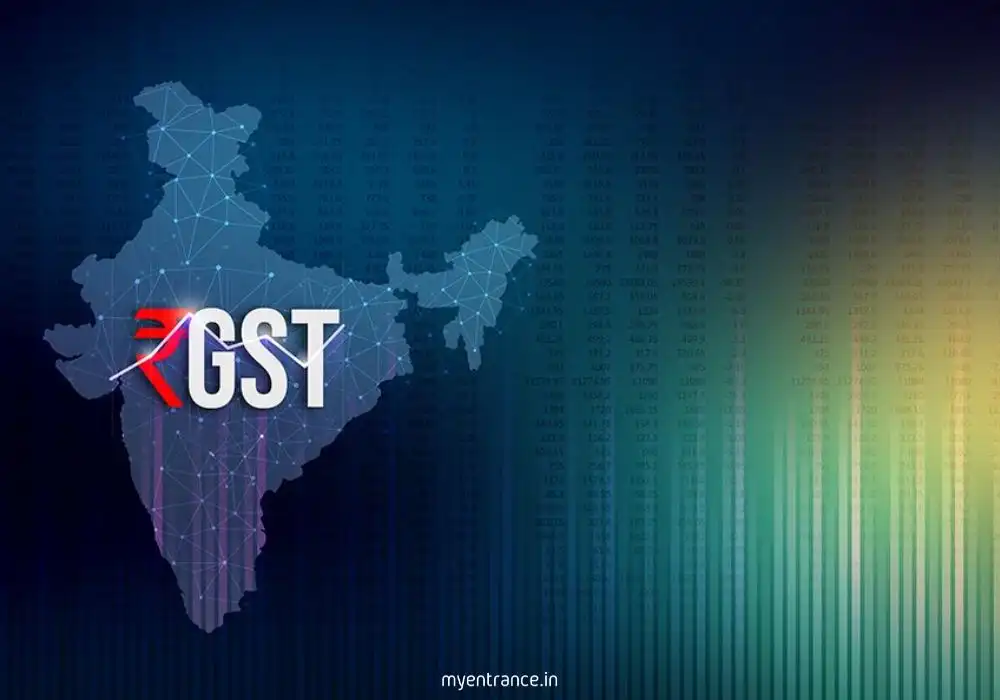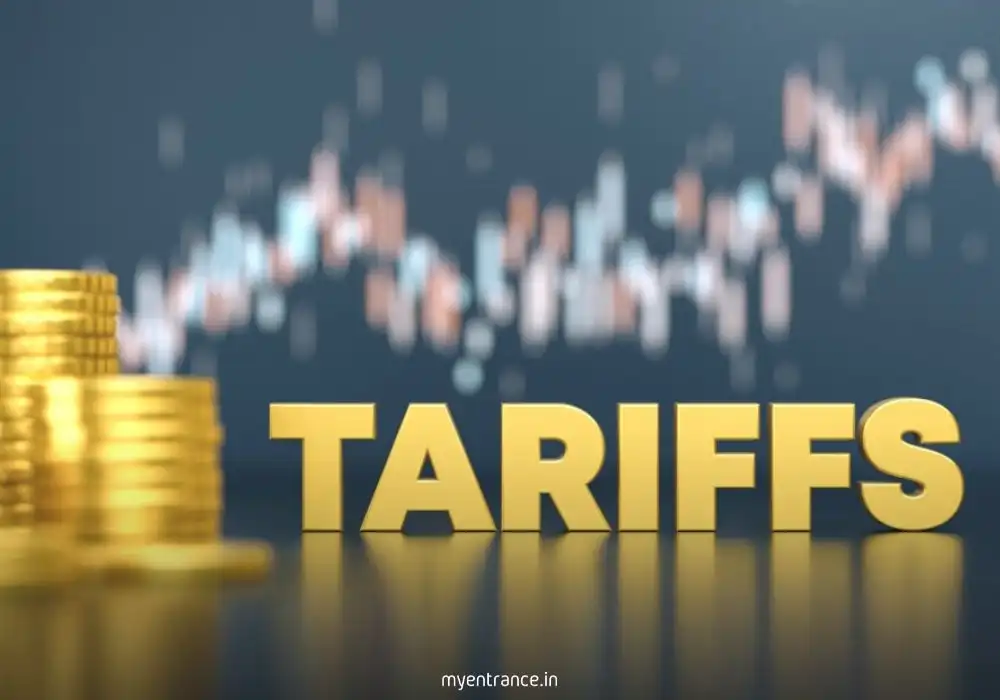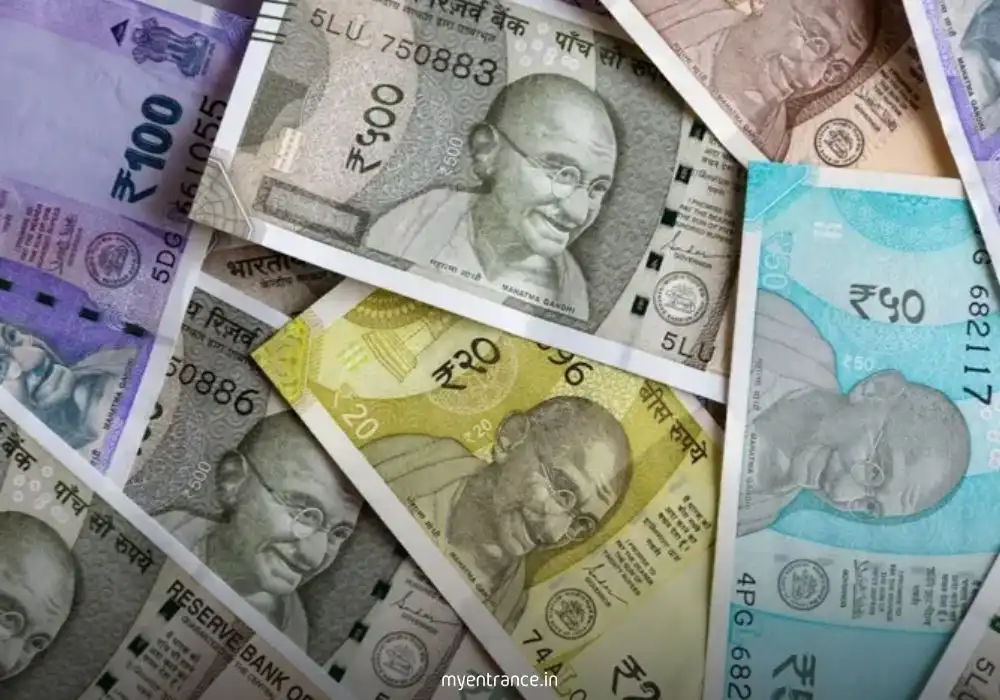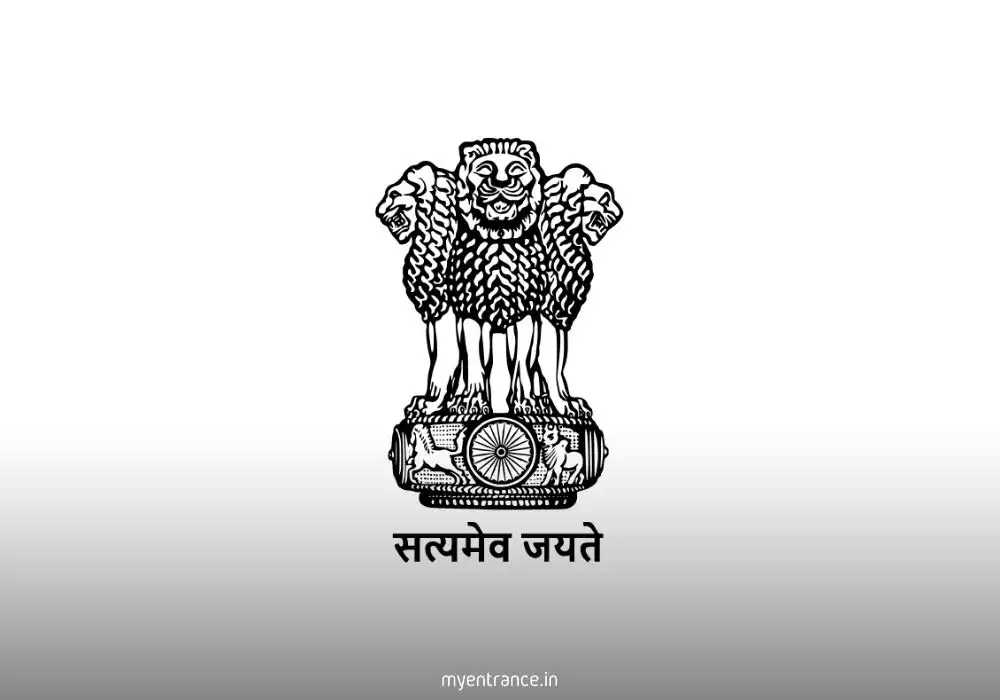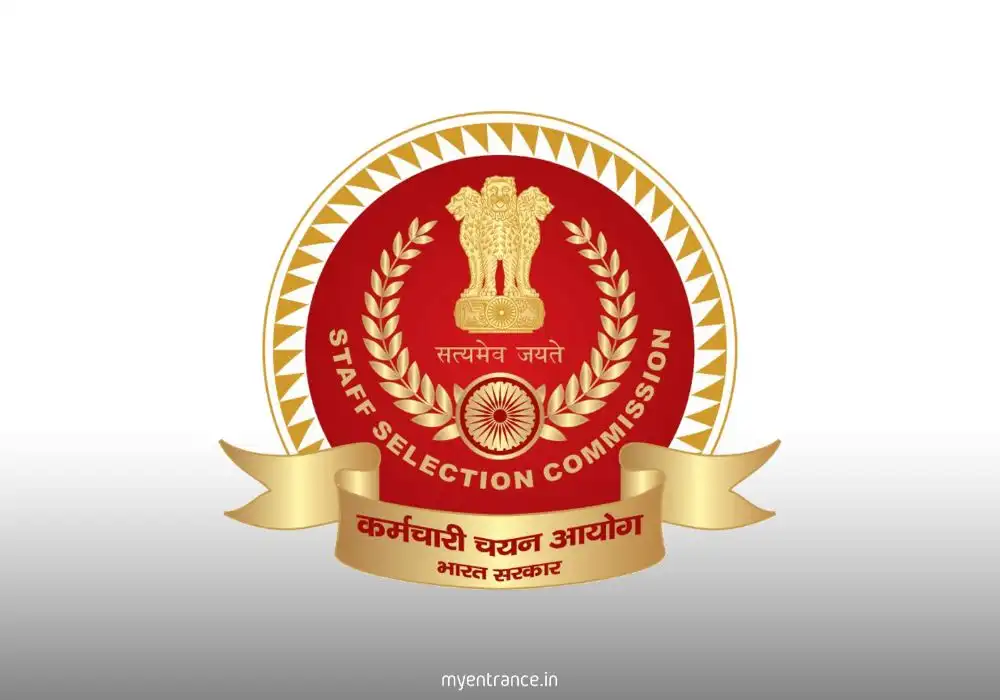Translate Language
Understanding the Structure and Functions of Indian Ministries – A Complete Guide
The Government of India operates through a well-organized system of ministries, each responsible for specific sectors such as defense, finance, education, and health. These ministries play a crucial role in policy-making, governance, and administration, ensuring the smooth functioning of the country.
For aspirants preparing for competitive exams like UPSC, SSC, PSC, NID, NIFT, and KAS, understanding the roles and functions of these ministries is essential. This article provides a detailed overview of India’s key ministries, their responsibilities, and their significance in national governance.
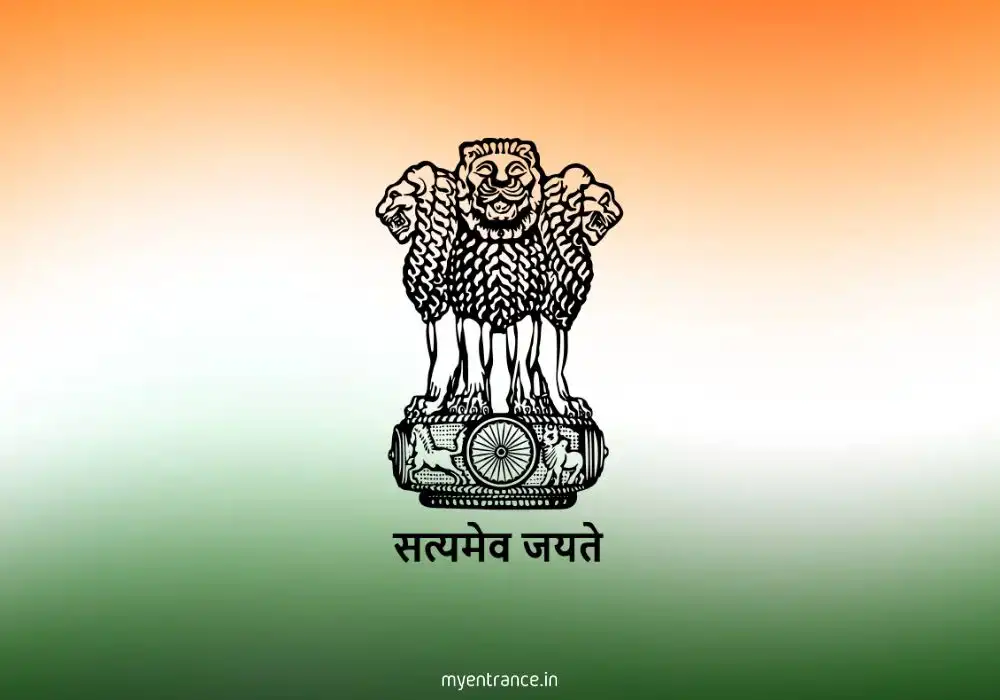
About Indian Ministries
The Indian government consists of over 50 ministries, each headed by a Cabinet Minister and supported by Ministers of State (MoS) and senior IAS officers. These ministries work collectively to manage the country’s vast administrative needs, from national security to economic development.
Structure and Leadership
Cabinet Ministers lead major ministries and are part of the Council of Ministers, reporting directly to the Prime Minister.
Ministers of State (MoS) assist Cabinet Ministers—some have independent charge, meaning they manage their ministries without a Cabinet Minister.
IAS officers (Secretaries) handle day-to-day administration and policy implementation.
Key Ministries and Their Functions
Here’s a breakdown of some of the most important ministries in India:
1. Ministry of Home Affairs (MHA)
Responsibilities: Internal security, police forces, border management (BSF, CRPF), disaster management, and Union Territories.
Key Agencies: Intelligence Bureau (IB), National Investigation Agency (NIA).
2. Ministry of Defence (MoD)
Responsibilities: National security, armed forces (Army, Navy, Air Force), defense production, and military strategy.
Key Bodies: Chief of Defence Staff (CDS), Defence Research and Development Organisation (DRDO).
3. Ministry of Finance
Responsibilities: Economic policy, taxation (Income Tax, GST), budget preparation, and financial regulations.
Key Departments: RBI, SEBI, Income Tax Department.
4. Ministry of Education
Responsibilities: School and higher education, implementation of National Education Policy (NEP) 2020, and key schemes like Samagra Shiksha.
5. Ministry of Health & Family Welfare (MoHFW)
Responsibilities: Public health, vaccination drives, and schemes like Ayushman Bharat and National Health Mission (NHM).
6. Ministry of Agriculture & Farmers’ Welfare
Responsibilities: Agricultural policies, subsidies, and schemes like PM-KISAN and e-NAM.
7. Ministry of Railways
Responsibilities: Operation and modernization of Indian Railways, one of the largest rail networks globally.
8. Ministry of Electronics & IT (MeitY)
Responsibilities: Digital India initiatives, cybersecurity, and e-governance programs.
Inter-Ministerial Coordination
To ensure smooth governance, ministries collaborate through:
Cabinet Secretariat – Facilitates policy coordination.
NITI Aayog – A think tank for economic and social development.
PMO (Prime Minister’s Office) – Oversees critical national projects.
Transparency and Public Engagement
Citizens can interact with ministries through:
MyGov.in – For public suggestions and feedback.
RTI Online Portal – For filing Right to Information requests.
Ministry Websites – Provide annual reports and policy updates.
Questions for Competitive Exams
Q1. Which ministry is responsible for India’s internal security and border management?
Answer: Ministry of Home Affairs (MHA).
Q2. What is the role of the Ministry of Defence?
Answer: It oversees India’s armed forces (Army, Navy, Air Force) and defense policies.
Q3. Which ministry manages the Union Budget and economic policies?
Answer: Ministry of Finance.
Q4. Name one key scheme under the Ministry of Agriculture.
Answer: PM-KISAN (Direct income support for farmers).
Q5. What is the function of the Ministry of Electronics & IT (MeitY)?
Answer: It drives digital initiatives like Digital India and cybersecurity policies.
Conclusion
Indian ministries form the backbone of the country’s governance, each playing a vital role in policy-making and administration. For exam aspirants, a clear understanding of these ministries is crucial for UPSC, SSC, PSC, and other competitive tests. Stay updated with current affairs and government policies to enhance your exam preparation.
For more study resources, mock tests, and daily quizzes, visit MyEntrance.in – your one-stop destination for competitive exam success!
Get 3 Months Free Access for SSC, PSC, NIFT & NID
Boost your exam prep!
Use offer code WELCOME28 to get 3 months free subscription. Start preparing today!


